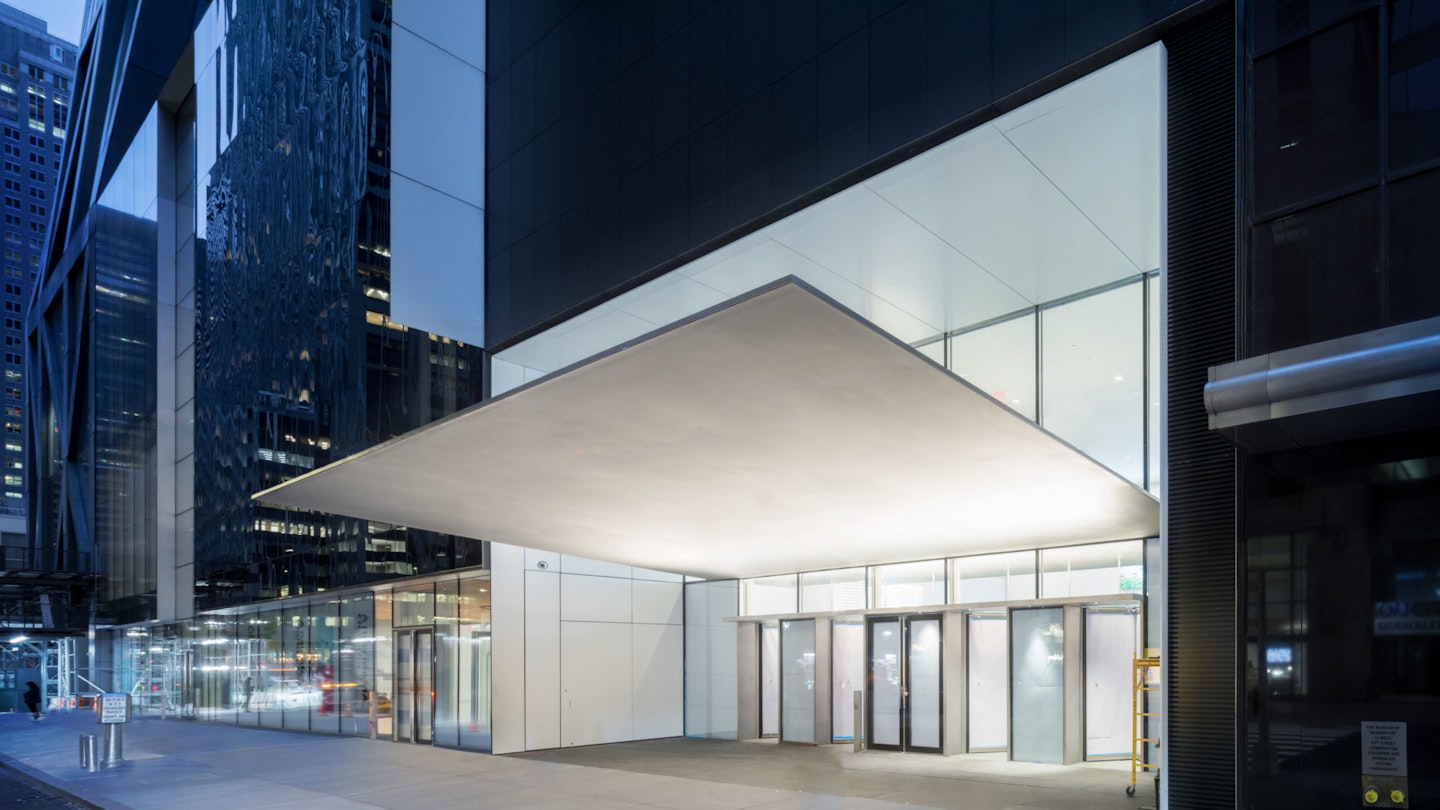The Museum of Modern Art (MoMA), recognized as one of the world’s premier contemporary art museums, recently completed a $450 million renovation. This extensive update has transformed the space while enhancing the visibility of renowned artists such as Andy Warhol, Claude Monet, and Pablo Picasso.

This reopening significantly enhances gallery space, incorporates a new store, and improves the overall visitor flow. However, it may initially disorient those who are accustomed to the previous layout. Sarah Suzuki, Director of the New Museum Opening and Curator for the Department of Drawings and Prints, shares insights to help you maximize your visit to the new MoMA.
What’s Changed at the MoMA
Historically, crowded conditions prevailed at the museum, and even with timed tickets for popular exhibits, visitors often felt cramped. With approximately three million visitors annually, the renovations introduce an additional 47,000 sq ft of exhibit space, alleviating this congestion. Moreover, the museum operates daily, unlike most New York museums that are closed on Mondays, thereby offering extended visiting opportunities.
The lobby has been expanded and is now brighter, improving the experience even with long admission lines. Purchasing tickets online and picking them up at kiosks will allow for smoother entry.

What to See at the MoMA
Don’t forget to grab a free audio guide or download the MoMA app on your phone. These guides provide insights into museum highlights, artist conversations, and detailed information about the artworks. Therefore, it’s advantageous to have this guide handy for navigating the digital map.
Before rushing upstairs, Suzuki recommends taking time to appreciate the Philippe Parreno installation, Echo, located on the ground floor. “Its choreography is determined by an ever-changing algorithm, so it never repeats,” says Suzuki.
Many tourists tend to rush straight to Van Gogh’s Starry Night on the fifth floor, gathering around with their cameras. This is a common mistake. According to Suzuki, “Starting at the top of the building and working down means the upper floors may feel busier. Instead, explore the ground level galleries first to enjoy a more leisurely flow through the permanent collection.” This approach ensures a chronological progression through the exhibits while allowing ample space to appreciate each piece. “The expansion has provided additional room for us to spread out, which has been wonderful,” adds Suzuki.

How to Explore the MoMA
The expansive collection is now organized into smaller galleries for easier navigation and appreciation. For instance, in the “Downtown New York” gallery, you can find works by Keith Haring alongside Jenny Holzer and Lady Pink, showcasing a vibrant snapshot of the ’80s art scene. This approach contextualizes the artwork in fascinating ways, as the MoMA strives to reframe art history to better represent artists from POC, women, immigrants, and LGBTQ+ communities.
On the 4th floor, it’s refreshing to find Lee Krasner’s work displayed beside her husband Jackson Pollock’s action paintings, prompting viewers to reflect on their artistic connections. With three floors dedicated to the permanent collection and numerous rotating exhibits, there’s plenty to explore at a relaxed pace. Another insightful tip from Suzuki: “Don’t forget to take the escalator down from the ground floor to visit the film galleries!” You can find art-house cinema-showings that rival some of the best screening opportunities.

Where to Take a Break
The renovated museum includes more relaxing spaces throughout. There are couches available for visitors to sit back and reflect on the art, and popular installations like Matisse’s The Swimming Pool now have more breathing room. Moreover, new lounging areas have been introduced. “Phone charging stations are located at the Espresso Bar on the 2nd floor and the Yoko Ono commission on the 3rd floor,” Suzuki informs. For restroom needs, “The new facilities on 3W are state-of-the-art with ample capacity to accommodate visitors, leading to minimal queues. Additionally, you can find water fountains in our restrooms for hydration breaks.”
Where to Eat
The museum provides a variety of dining options, ranging from the upscale Michelin-starred restaurant, The Modern (reservations recommended), to the casual yet delectable Cafe 2. Light bites at the year-round Terrace Cafe on the 6th floor come with the bonus of stunning views overlooking the iconic sculpture garden, which remains unchanged. “The Abby Aldrich Rockefeller Sculpture Garden is a true gem in New York City, and while we regularly update it with new art, the tranquility of the space is preserved,” Suzuki reflects. “It offers a peaceful escape, beautiful in every season.”
One of the best-kept secrets of the museum experience is the additional benefits your admission provides. “A ticket to MoMA grants you access to much more! You can use it for a free same-day film ticket, or visit our sister institution, MoMAPS1, within two weeks, which is just two subway stops away,” Suzuki highlights.





